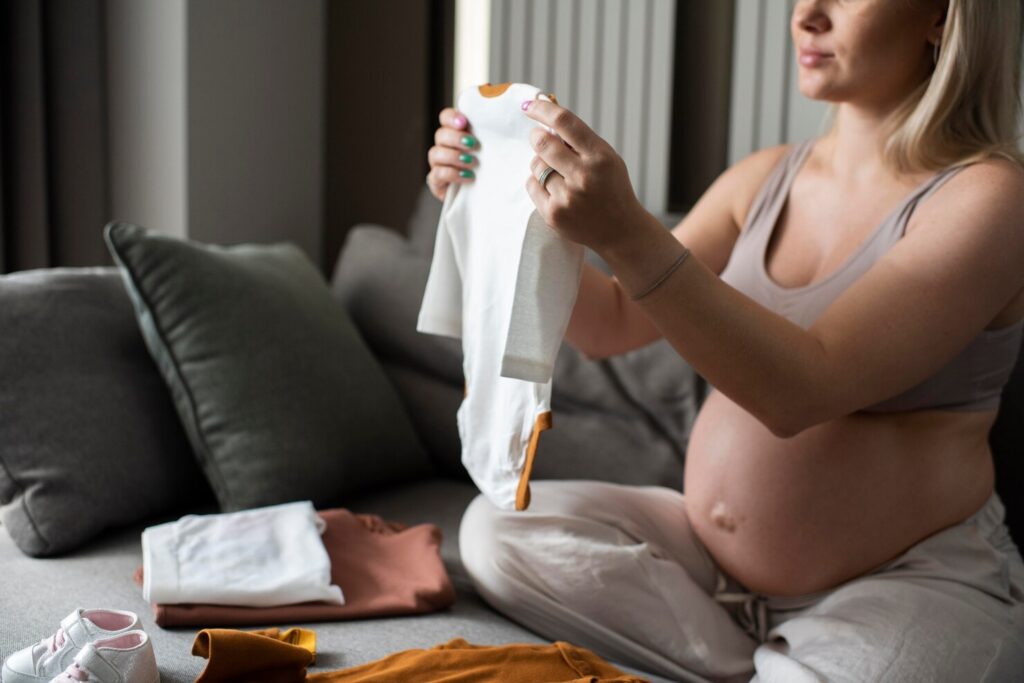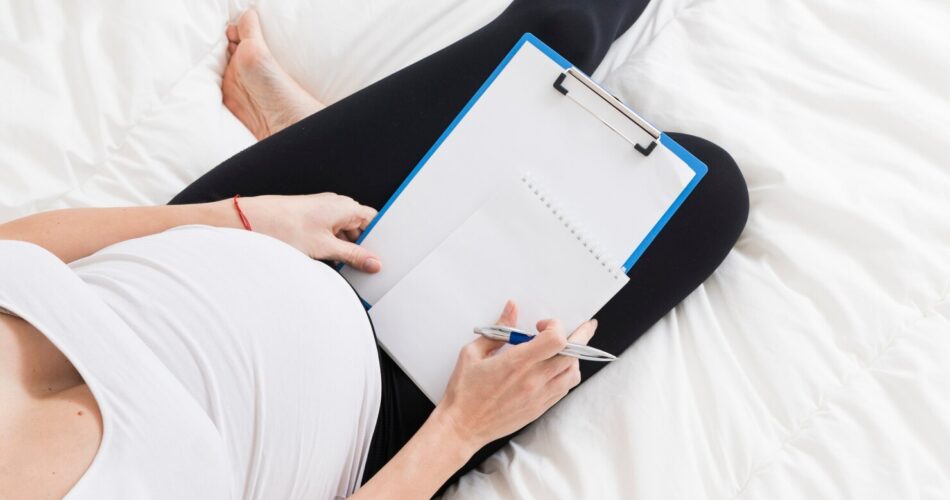How to prepare for childbirth?
Preparing for childbirth is an important process. With proper preparation, pregnancy and delivery can be smoother and more peaceful. The period of carrying a child and the delivery itself encompass physical, physiological, and psychological aspects.
Physical exercise as preparation for childbirth
Workouts help not only before but also during childbirth.
- Kegel exercises. These help pregnant women prepare their bodies for the childbirth process. To identify the muscles involved, recall how the body activates when you need to hold it in while waiting in line for the bathroom. These are the muscles that are targeted. If you can’t recall, try stopping the flow during a restroom visit a few times. Tense and relax the muscles 50 times.
- Swimming. It helps relax the back and prepare breathing. Initially, be sure to take some lessons with a coach or in a group. They’ll teach you how to breathe and move correctly.
- Regular walking. A support belt helps prevent pain and discomfort during the later stages by supporting the belly and the baby.
- Yoga. It is possible and necessary to practice during pregnancy. There are specific asanas applicable to each trimester of pregnancy. More details can be found at momslab.com.
Do not engage in activities if your doctor prohibits them.
Preparing for the First Birth
When possible, a woman can choose the maternity hospital. This makes the delivery process easier, as the place is already familiar. Sometimes the medical staff accommodates by showing the wards if they are not occupied. It’s important to plan ahead for transportation. Options might include an ambulance, a husband in a car, or a relative.
For more details about preparing for the first childbirth, visit mama-polis.ru. There is a childbirth preparation course which includes video lectures by doctors. It consists of 10 lectures:
- Pregnancy by trimesters.
- Nutrition and lifestyle.
- How to know that labor has started?
- Labor has begun.
- The first hours after childbirth.
- What childbirth can be like.
- After childbirth.
- Breastfeeding.
- Features of newborns.
- Features of caring for a child in the first year of life.

What to take with you?
A list of what you need is usually posted in the medical facility. They may vary slightly. The doctor will also tell you about this.
- Documents: SNILS, passport, insurance policy, maternity certificate, and exchange card. This is needed for registration.
- For yourself: spare shoes, slippers and flip-flops, personal hygiene items, and several nightgowns. It’s better to take a bottle of water, a book, and a light snack. No need to bring a lot; family can deliver items later. Disposable pads for examination. Disposable underwear. They are practical and comfortable. Post-operative pads. You can take a ready-made kit for mothers-to-be.
- For the baby: disposable pads and diapers (about 7-8 per day), a pacifier, and clothing. A discharge kit can be brought by relatives.
All this is asked to be brought in bags. They do not accept suitcases.

There are items not on the lists that will be useful:
- A breast pump will be a lifesaver if milk unexpectedly comes in a lot before feeding time. You can express milk by hand, but it simplifies the process.
- Nipple cream for healing cracks will help quickly resolve problems. Both the mother and baby are learning to feed, so this issue arises.
- Bra pads will protect it from cream or milk leakage.
- A prenatal bandage is useful after a cesarean section. It provides support.
- Powder and diaper cream might not be needed, but it’s better to take them with you.
Psychological Preparation
It’s important to remember the emotional state. The process and the life ahead can be intimidating. Everything will change. It’s necessary to think positively. The “Path to Birth” course dispels myths about pregnancy. This will reduce reasons for anxiety.

Relaxation Options:
- Salt baths. 10-15 minutes is enough. The procedure relaxes the body and nerves, relieves swelling, and increases skin firmness and elasticity.
- Yoga. Classes help both physically and emotionally.
- Breathing practices. It is advisable to practice at the same time each day. Ventilate the room, play soft and calm music, sit in a comfortable position with a straight back. Focus on your breathing for 5-7 minutes. Try to relax on the exhale and let go of all negativity. On momslab.com there are videos on different types of breathing for pregnant women.



Download the app and get 7 days free use
 eng
eng rus
rus deu
deu spa
spa fra
fra ita
ita por
por srp
srp tur
tur ukr
ukr por
por bos
bos



